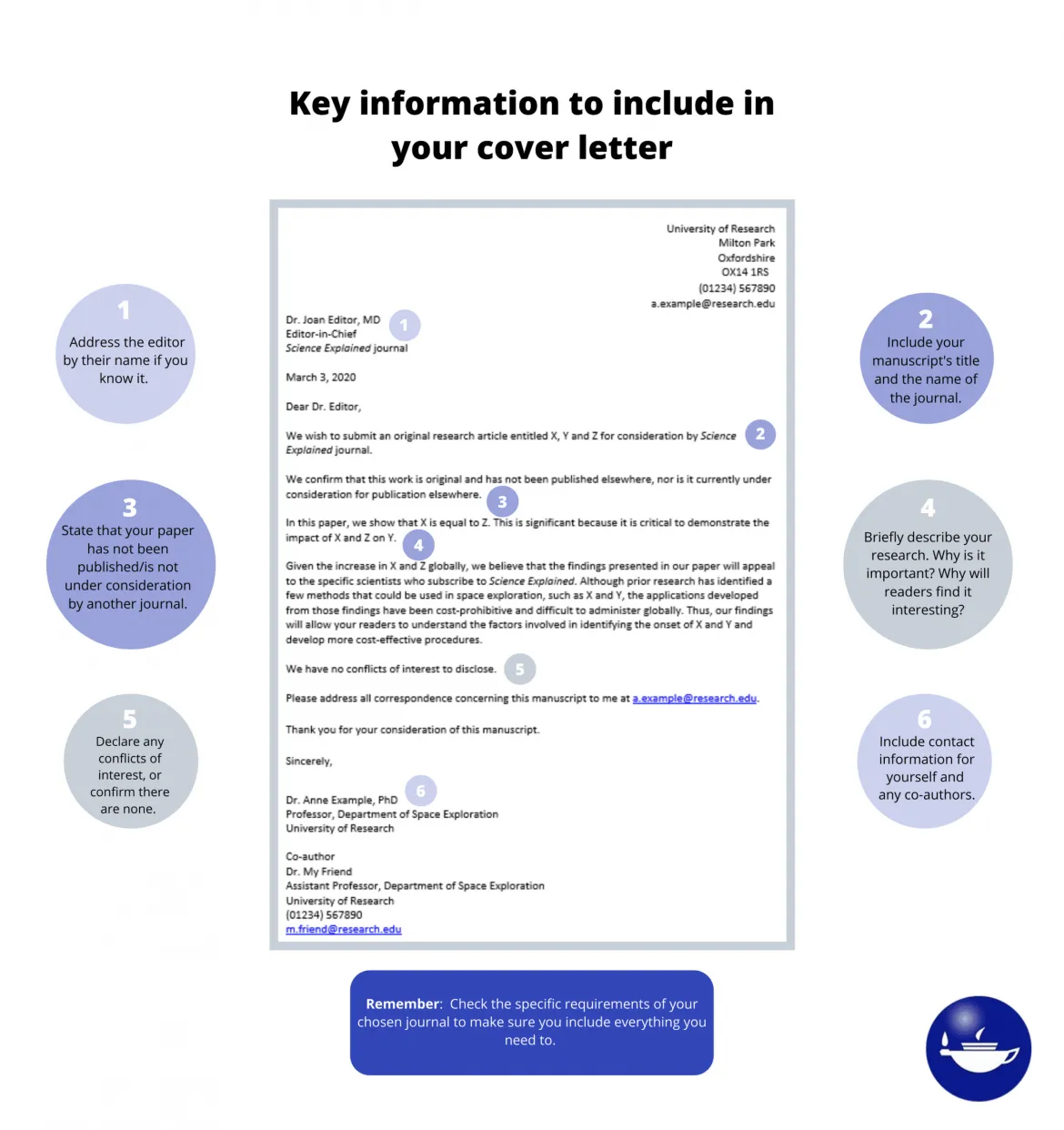Submitting your research to an academic journal is a significant milestone in your career. However, the research paper itself is only one part of the equation. A well-crafted academic journal cover letter is equally important, serving as your introduction to the editor and a crucial tool for making a positive first impression. This article provides a comprehensive guide on how to write a powerful cover letter that effectively showcases your research and increases your chances of acceptance.
Why a Great Cover Letter Matters for Academic Journals
A compelling cover letter is more than just a formality; it’s your opportunity to set the stage for your research and convince the editor that your work is worthy of publication. It’s the first impression you make, and a strong cover letter can significantly influence the editor’s initial perception of your manuscript. A poorly written letter, on the other hand, can lead to an immediate rejection, regardless of the quality of your research.
First Impressions Impact
Editors often receive a large volume of submissions, and they use cover letters to quickly assess the relevance and potential impact of a paper. A well-written cover letter immediately grabs their attention and encourages them to delve deeper into your research. This initial positive impression can buy your manuscript valuable time and consideration, especially in highly competitive journals. A well-structured letter can highlight the key aspects of your study.
Getting Your Research Noticed
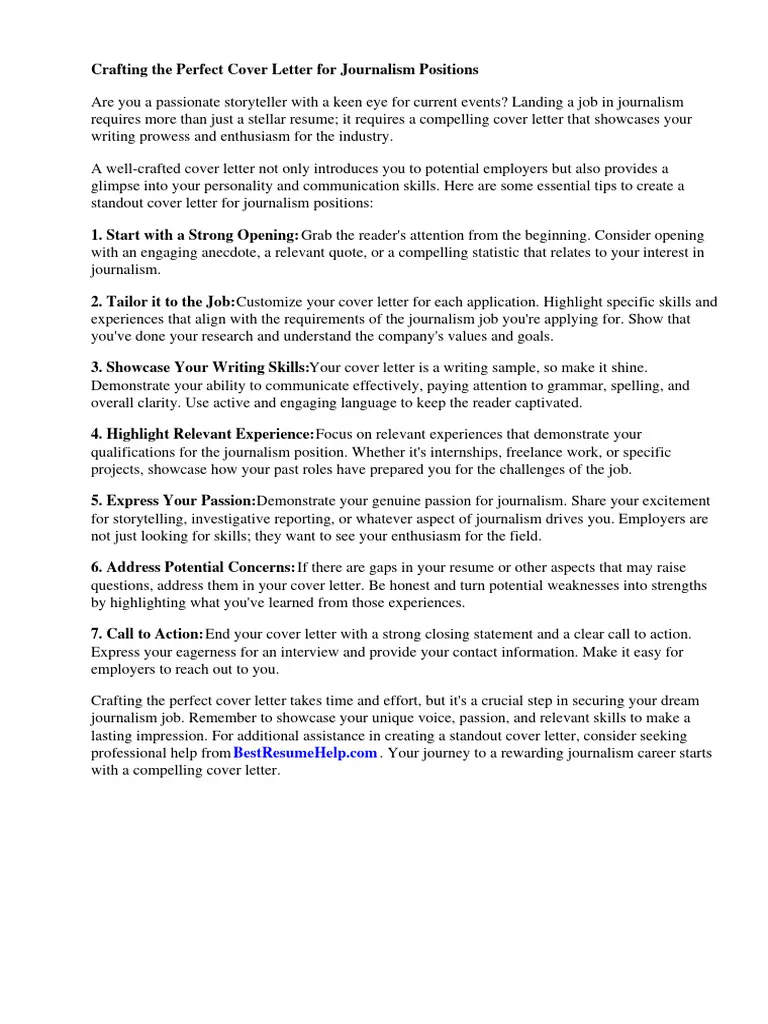
The cover letter allows you to frame your research within the context of the journal’s aims and scope. By clearly articulating your research question, findings, and their significance, you make it easier for the editor to understand the value of your contribution. A cover letter can help your work stand out. It demonstrates professionalism and attention to detail, which can significantly improve your chances of acceptance.
Key Components of a Powerful Cover Letter
A powerful cover letter is meticulously crafted and includes specific elements designed to effectively present your research. It needs to be tailored to the specific journal and manuscript. The language and structure should be professional, clear, and concise. Every word should serve a purpose.
Identifying the Journal and Editor
Start by identifying the specific journal and editor to whom you are submitting your manuscript. This shows that you are paying attention to detail. The journal’s website usually provides the editor’s name and contact information. Addressing the editor directly is a sign of respect. A generic cover letter can signal to the editor that you haven’t taken the time to understand their journal’s focus. Always double-check the name and title of the editor to avoid any errors.
Tailoring Your Letter to the Specific Journal
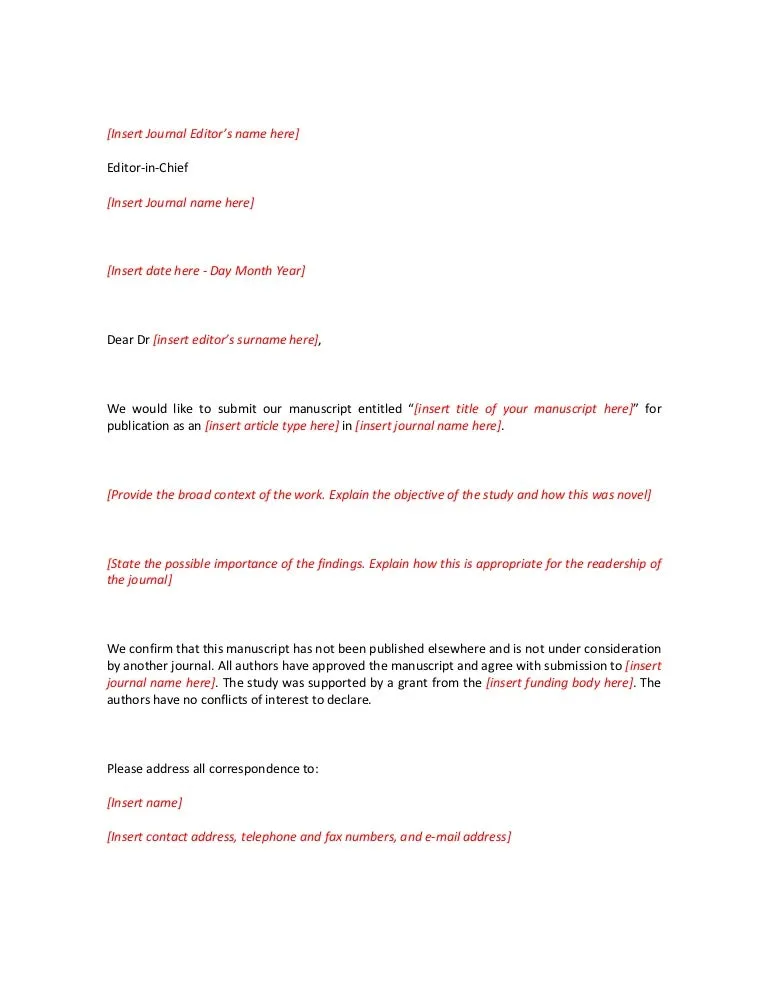
Tailor your cover letter to the specific journal. This demonstrates that you understand the journal’s scope, audience, and publication style. Referencing the journal’s aims and scope on the website is a great way to make sure you are on the right track. If you have published work in the journal previously, mention it. Your goal is to show the editor why your research is a good fit for their publication.
Addressing the Editor Directly
Address the editor by name. This personal touch creates a more engaging letter. Using a formal salutation, such as ‘Dear Dr. [Editor’s Last Name],’ shows respect and professionalism. It’s always important to get the name right. It demonstrates your attention to detail and your respect for the person you’re writing to.
Highlighting Your Research’s Significance
Clearly state the research question and findings, emphasizing their significance and relevance to the field. Explain why your work is important and the impact it has. Describe how your work contributes to the existing literature. Explain to the editor the importance of your research and make it easy to understand.
Stating the Research Question and Findings
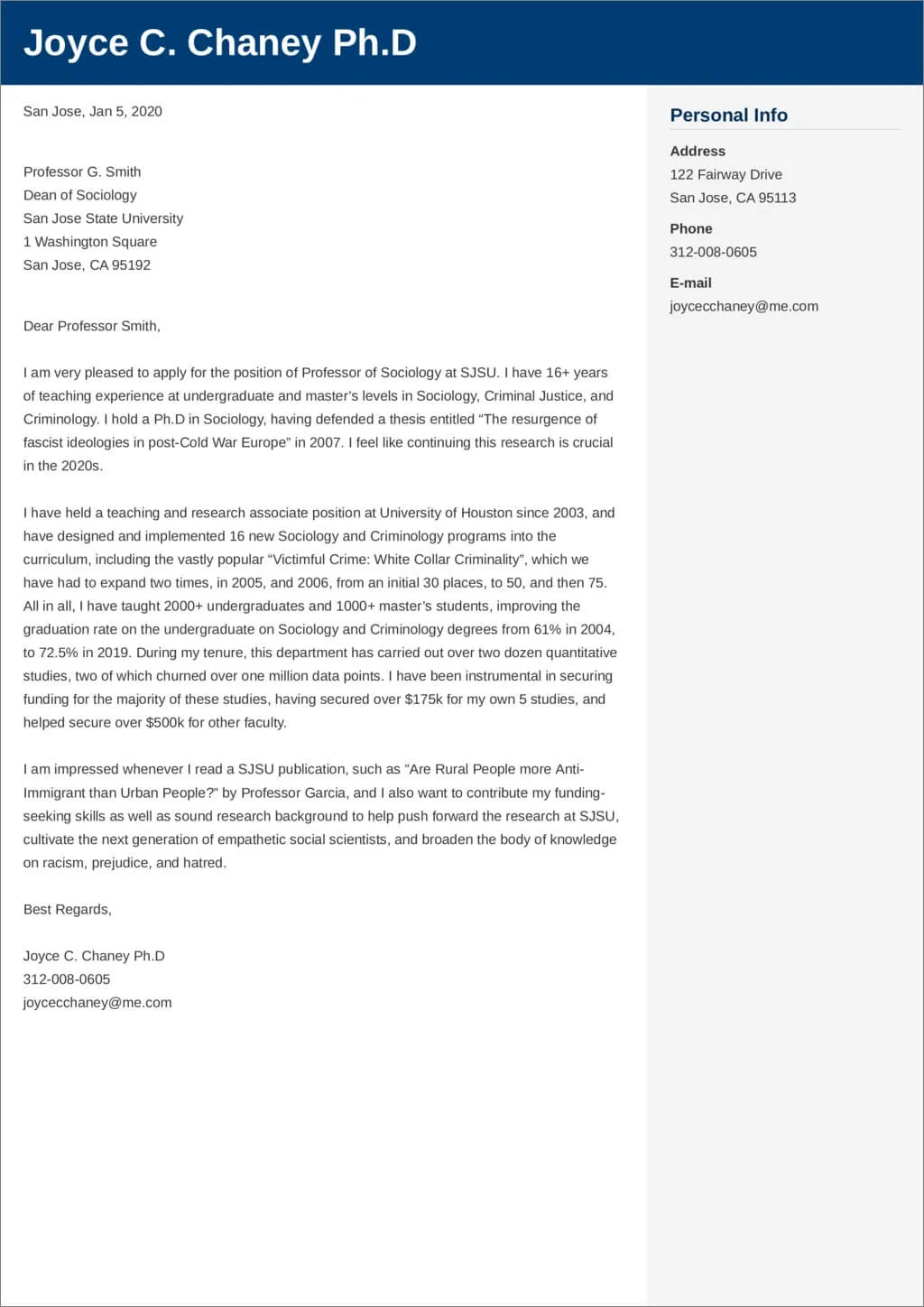
Clearly and concisely state your research question and the main findings of your study. This is your opportunity to give the editor a quick overview of your work. Use straightforward language and avoid technical jargon. This allows the editor to easily grasp the essence of your research. Succinctly summarizing the core of your research is crucial.
Emphasizing the Novelty and Impact
Highlight the novelty of your research and its potential impact on the field. Explain what makes your work unique and how it advances existing knowledge. Emphasize the implications of your findings and their practical applications. Articulating the significance of your work can pique the editor’s interest and make them want to read your research.
Explaining the Fit With the Journal
Explain why your manuscript is a good fit for the journal. Demonstrate that you have carefully considered the journal’s scope and audience. Aligning your research with the journal’s aims ensures that your work resonates with its readers. This helps the editor understand how your research aligns with the journal’s goals.
Referencing Relevant Journal Articles
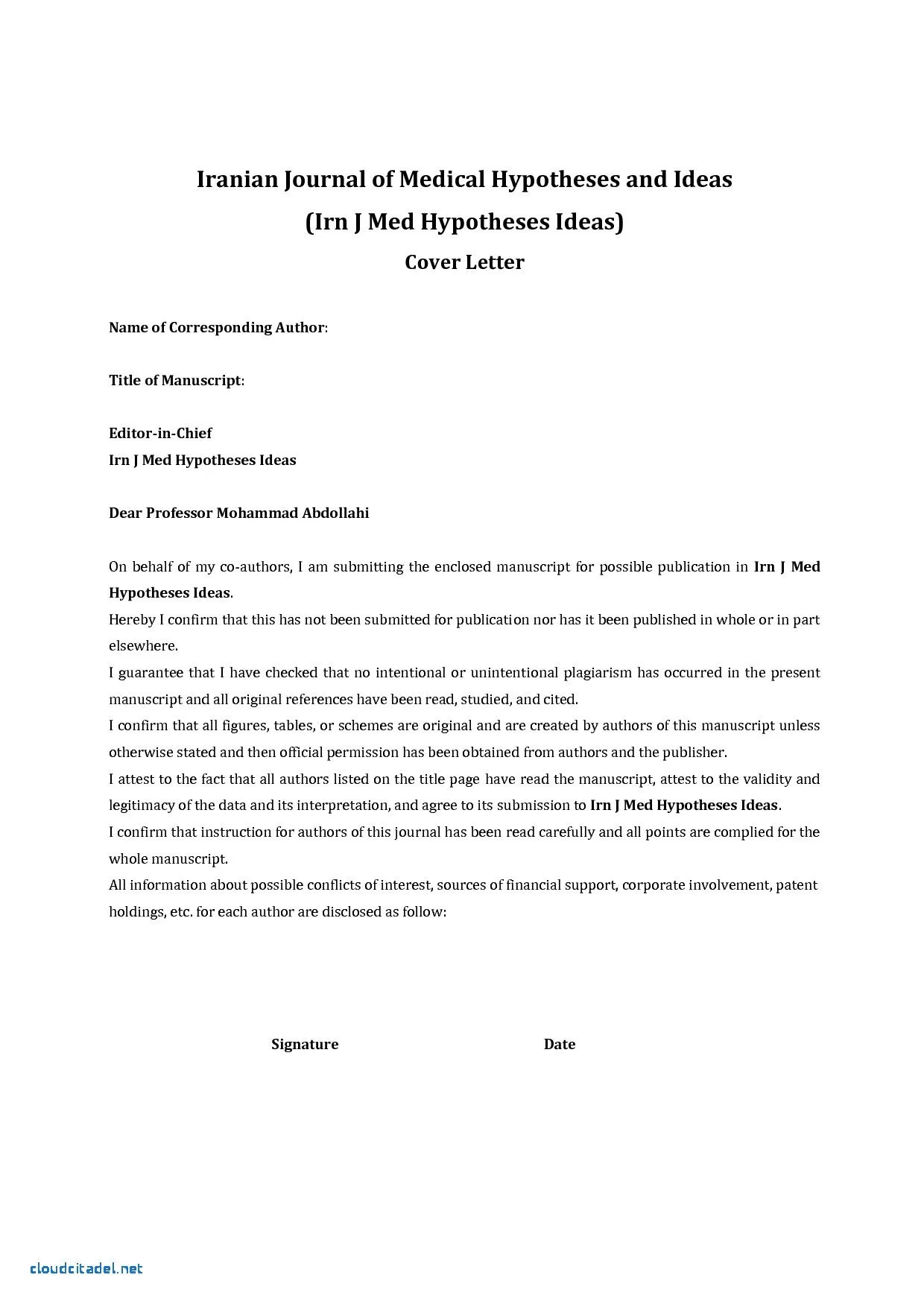
Cite relevant articles published in the journal or by its editors. This demonstrates your familiarity with the journal’s content and shows that you’ve researched the journal’s scope. Citing relevant articles strengthens your case and shows that your work complements the journal’s existing publications. This gives the editor a good impression.
Matching the Journal’s Scope and Audience
Make sure your research aligns with the journal’s scope and target audience. If the journal focuses on a specific area, highlight how your research fits within that context. Demonstrating that you understand the journal’s audience is crucial for getting your work accepted. Journals have specific areas and it’s important to make sure that your research will fit the subject and be interesting to the readers.
Structuring Your Cover Letter for Clarity
A well-structured cover letter is easy to read and navigate. Organizing your letter logically ensures that your key points are clearly presented. Start with an engaging opening, followed by clear body paragraphs, and finish with a professional closing.
Concise and Engaging Opening

Start with a concise and engaging opening paragraph. State your purpose and briefly introduce your research topic. Get the reader’s attention immediately. You need a compelling opening to capture the editor’s interest right away. Always include the title of your manuscript to make it easy to identify.
Body Paragraphs Highlighting Key Contributions
Use body paragraphs to highlight your key research contributions and their significance. Clearly explain the research question, methods, findings, and implications. Structure your paragraphs logically and use clear language. Keep it concise and to the point, avoiding unnecessary jargon. Every word must support your goal.
Formal and Professional Closing
Conclude your letter with a formal and professional closing. Thank the editor for their time and consideration. Include your contact information and any additional information required by the journal. A polite closing reflects your professionalism and attention to detail. It’s also useful to reaffirm your enthusiasm for your research.
Essential Tips for Success
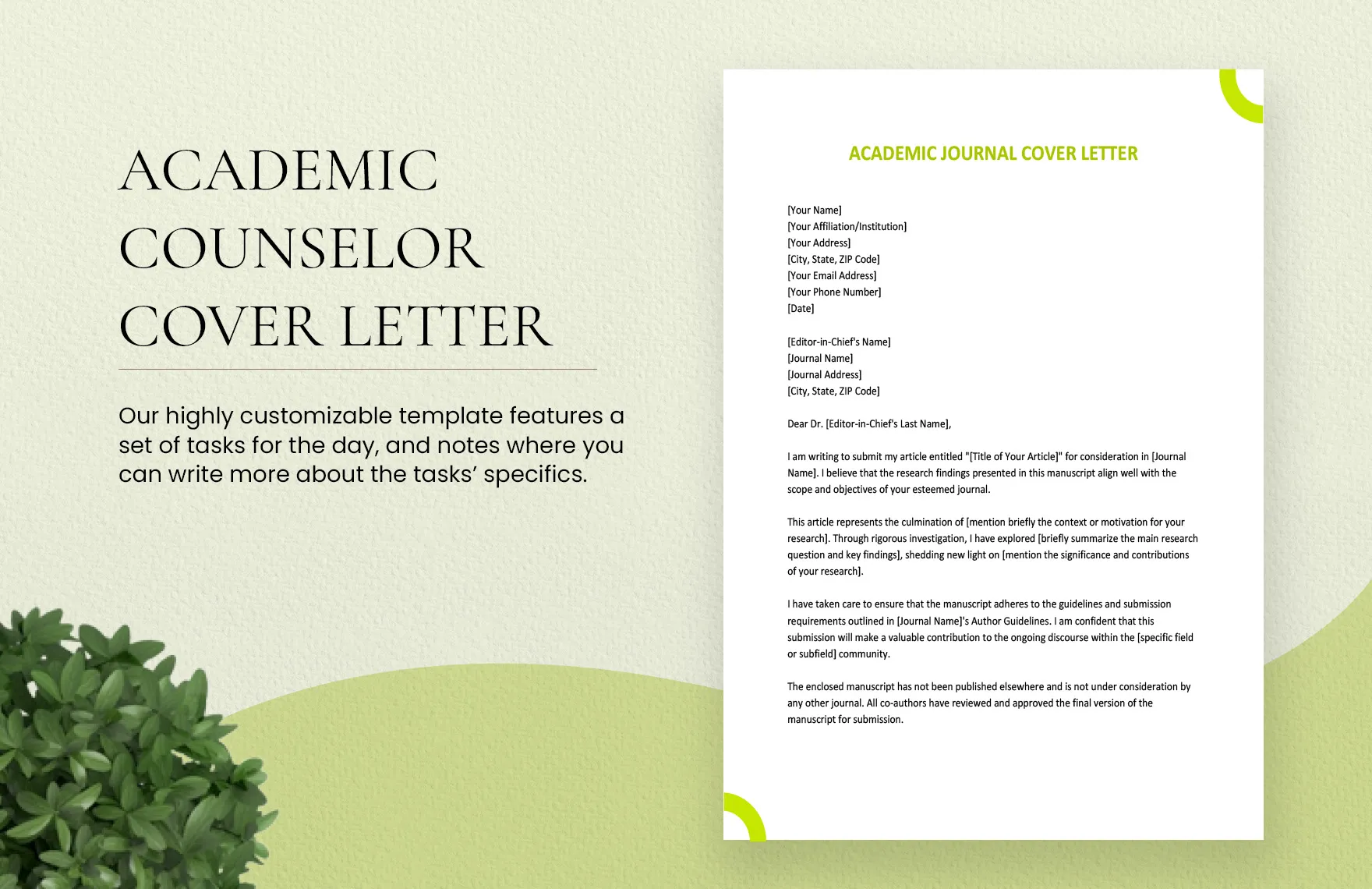
Several key tips can significantly improve the quality and effectiveness of your cover letter. Attention to detail is crucial, from proofreading and editing to following the journal’s submission guidelines.
Proofreading and Editing Meticulously
Proofread and edit your cover letter meticulously. Check for grammar, spelling, and punctuation errors. A polished letter demonstrates your attention to detail and professionalism. Errors can be a sign of carelessness, and they can undermine your credibility. Get someone else to proofread it, too.
Using Active Voice and Strong Verbs
Use active voice and strong verbs to make your writing clear and concise. Active voice makes your writing more direct and engaging. Strong verbs add impact and convey your ideas effectively. This creates a stronger impression and can help get your research approved.
Maintaining a Professional Tone
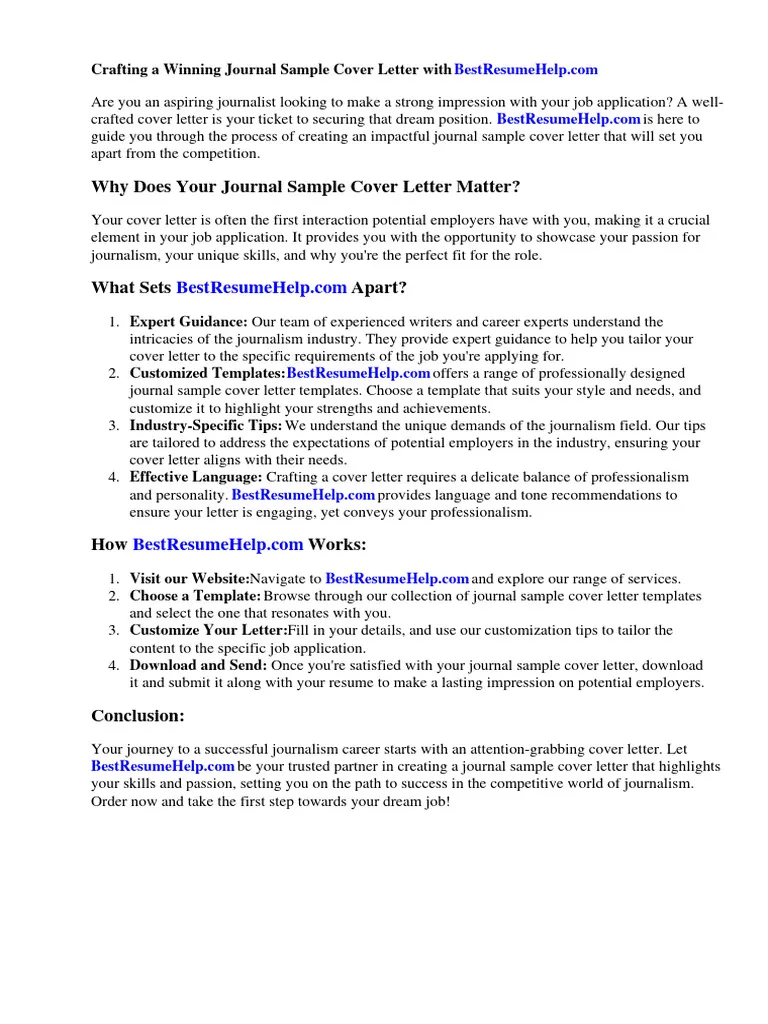
Maintain a professional and respectful tone throughout your cover letter. Avoid slang, jargon, and overly informal language. Present yourself as a serious researcher. It builds confidence and makes a positive impression.
Following Journal Submission Guidelines
Carefully follow the journal’s specific submission guidelines. Make sure your cover letter meets their formatting and content requirements. Ignoring these guidelines may lead to the rejection of your submission. Some journals will give specific instructions on the desired content, and it’s essential to follow these rules.
Conclusion
A well-written academic journal cover letter is a powerful tool for showcasing your research and increasing your chances of acceptance. By following the guidelines in this article, you can create a compelling cover letter that effectively communicates the significance of your work and leaves a lasting positive impression on the editor. Remember, your cover letter is your first impression; make it count.
